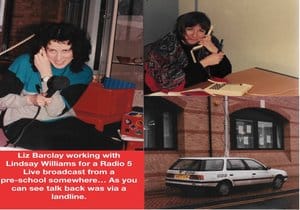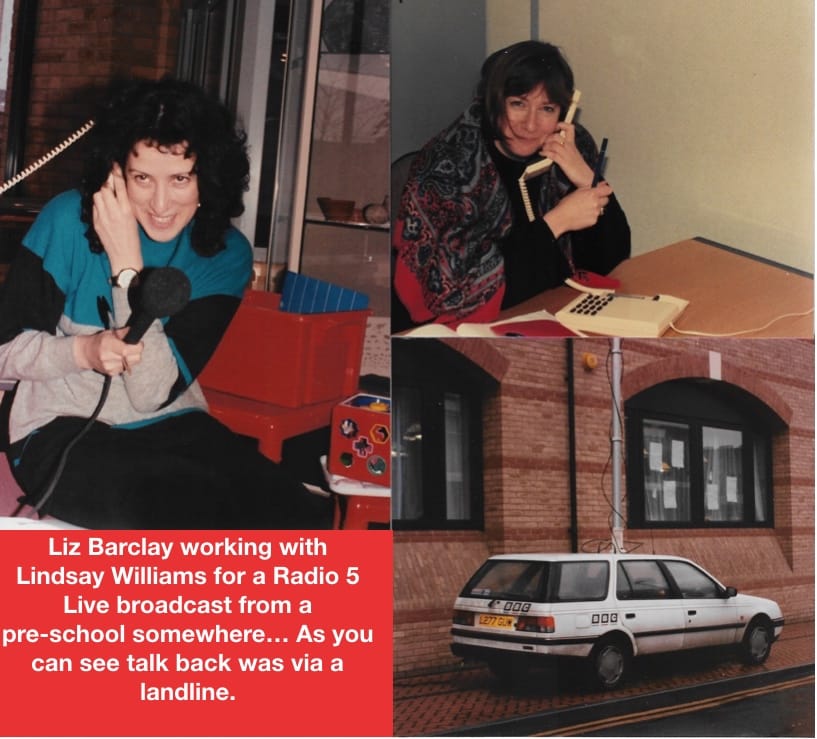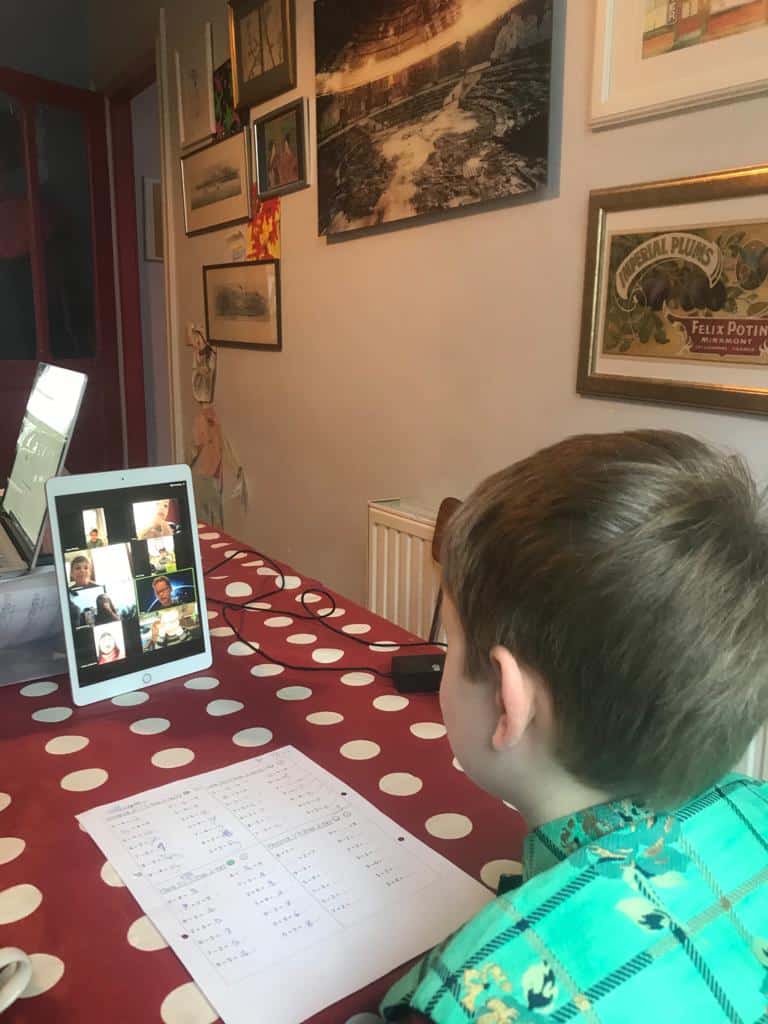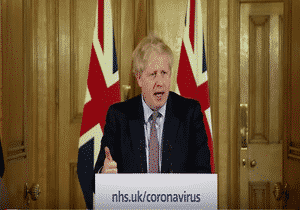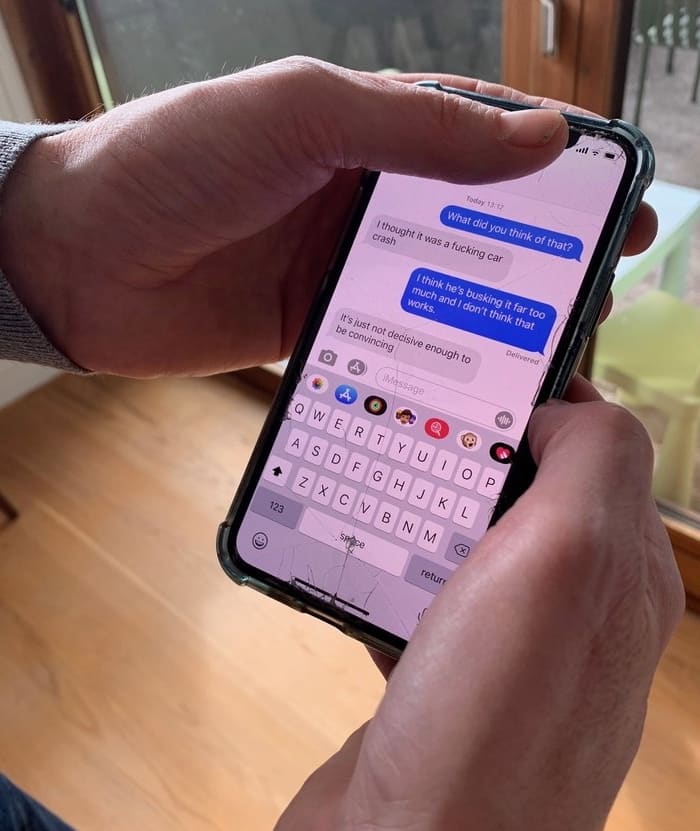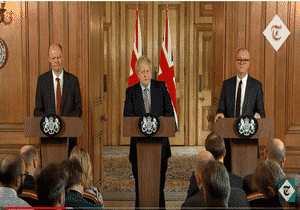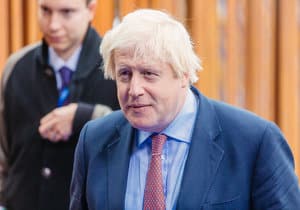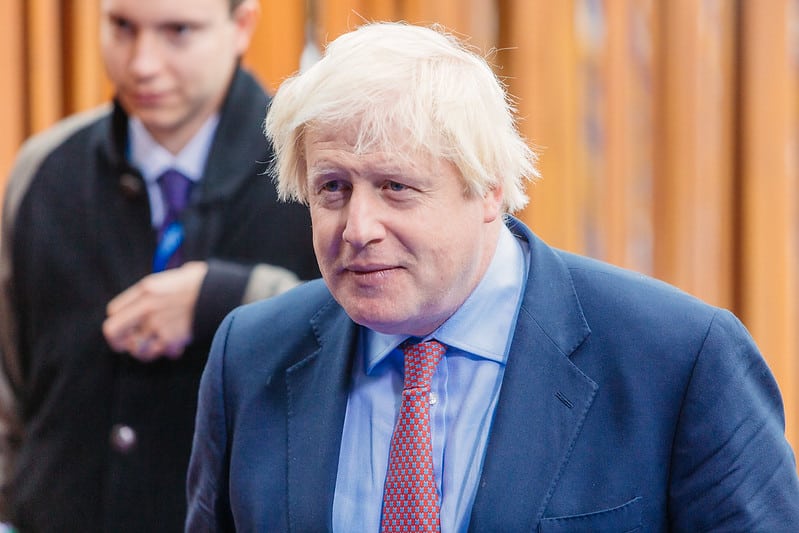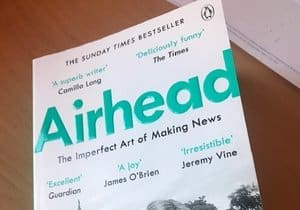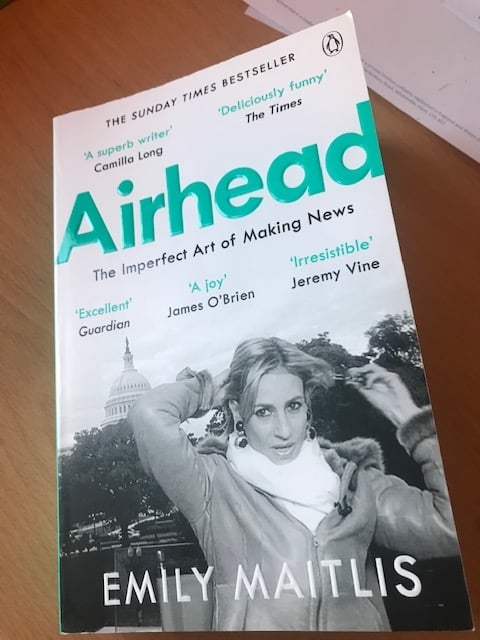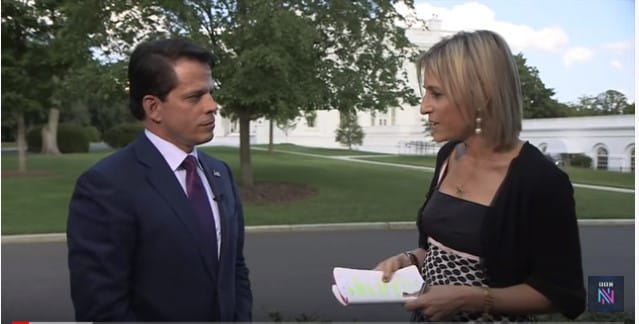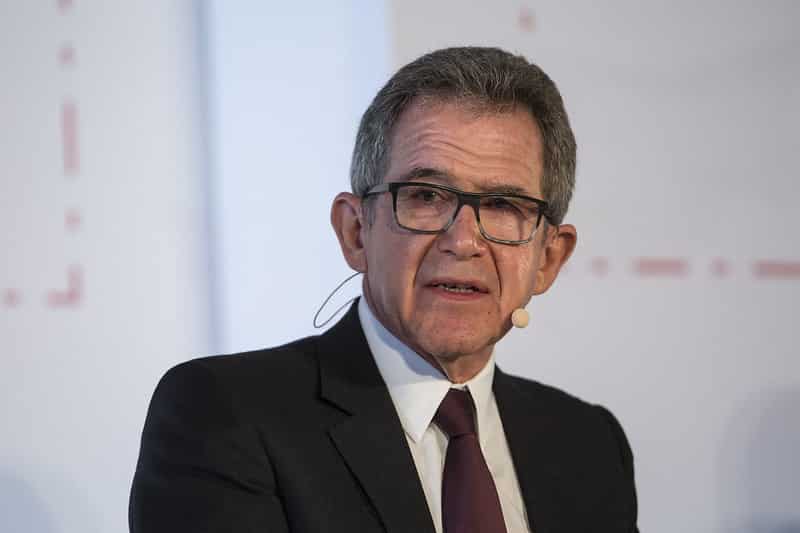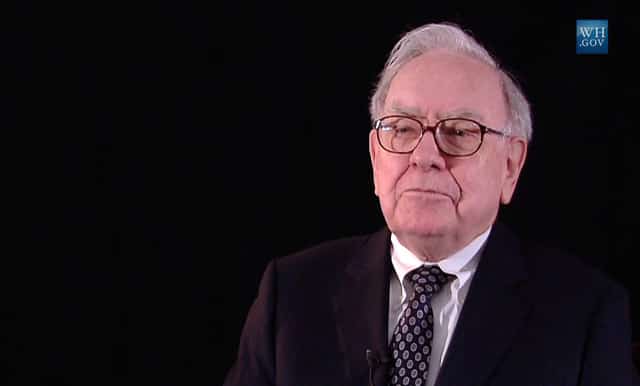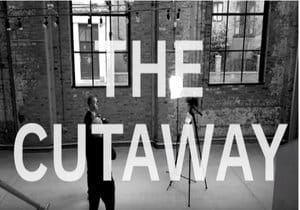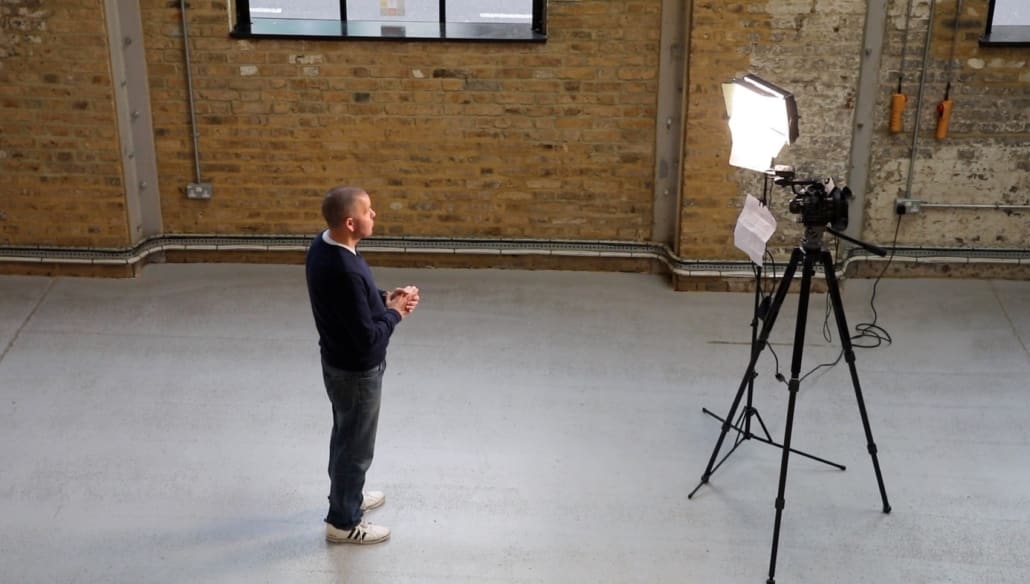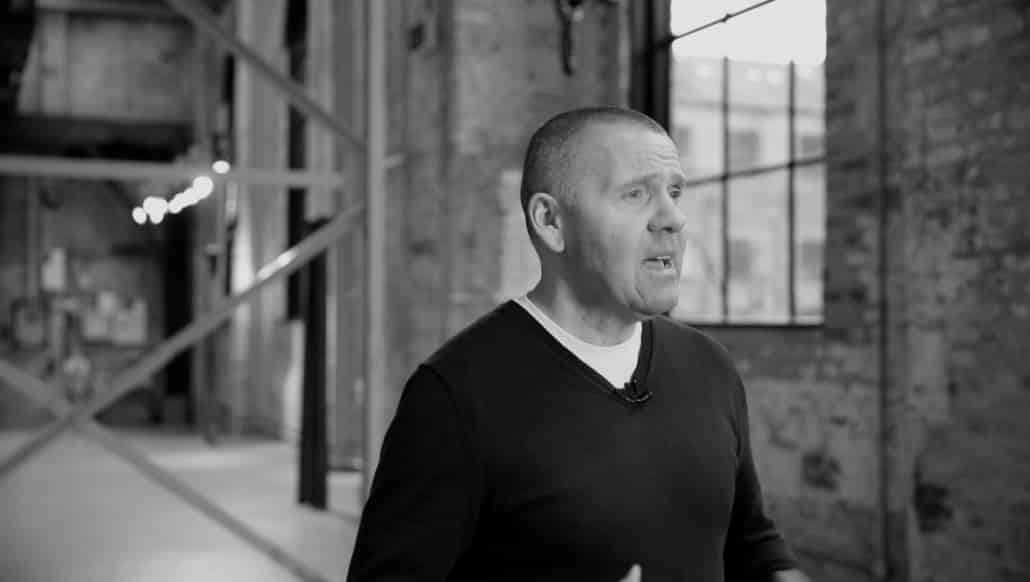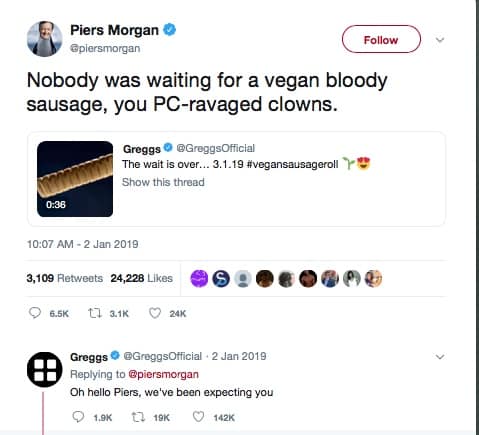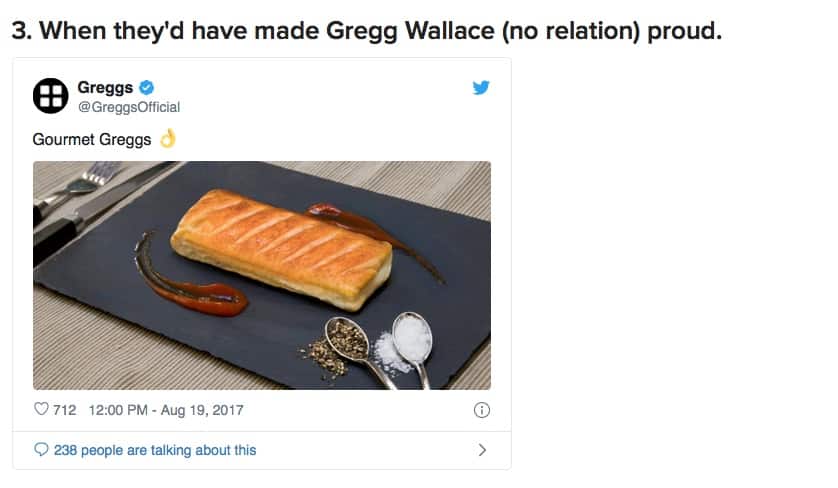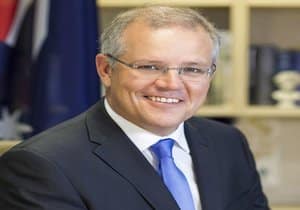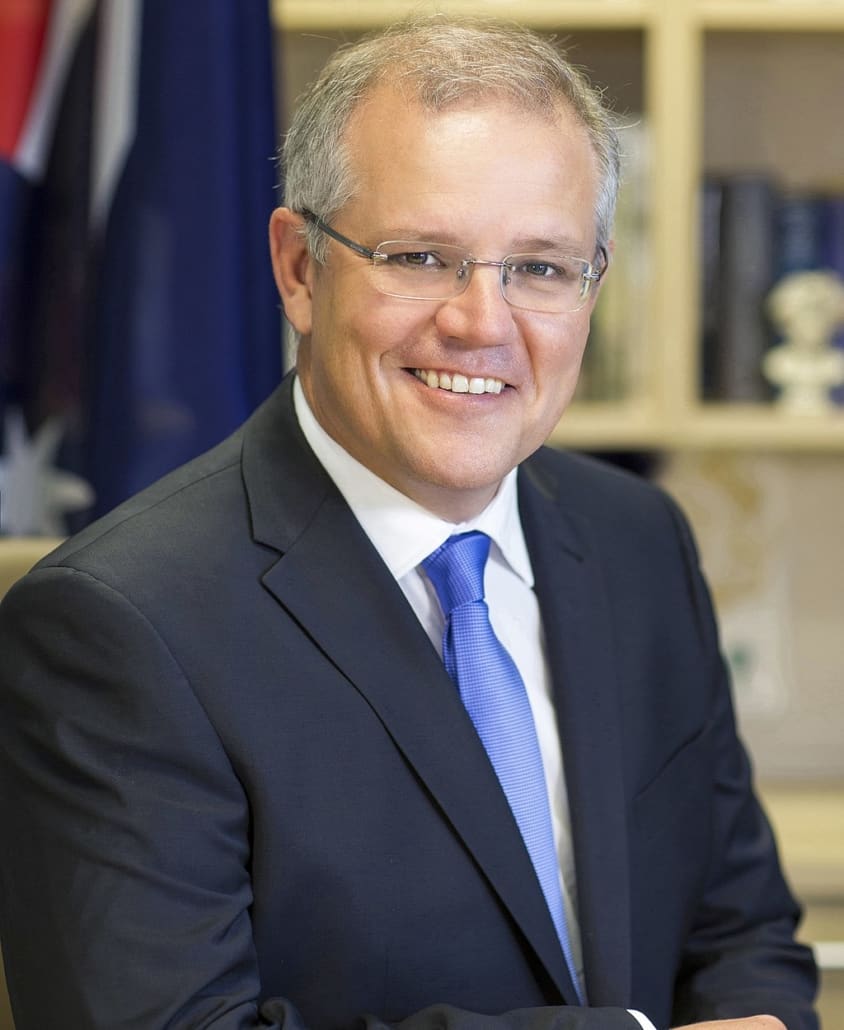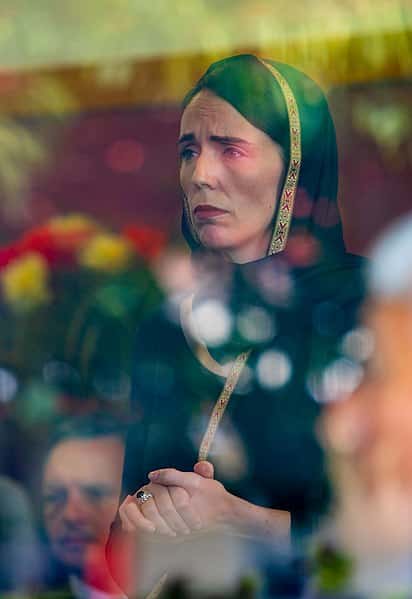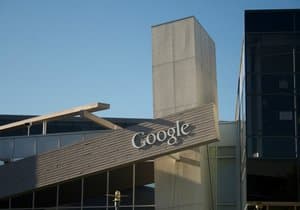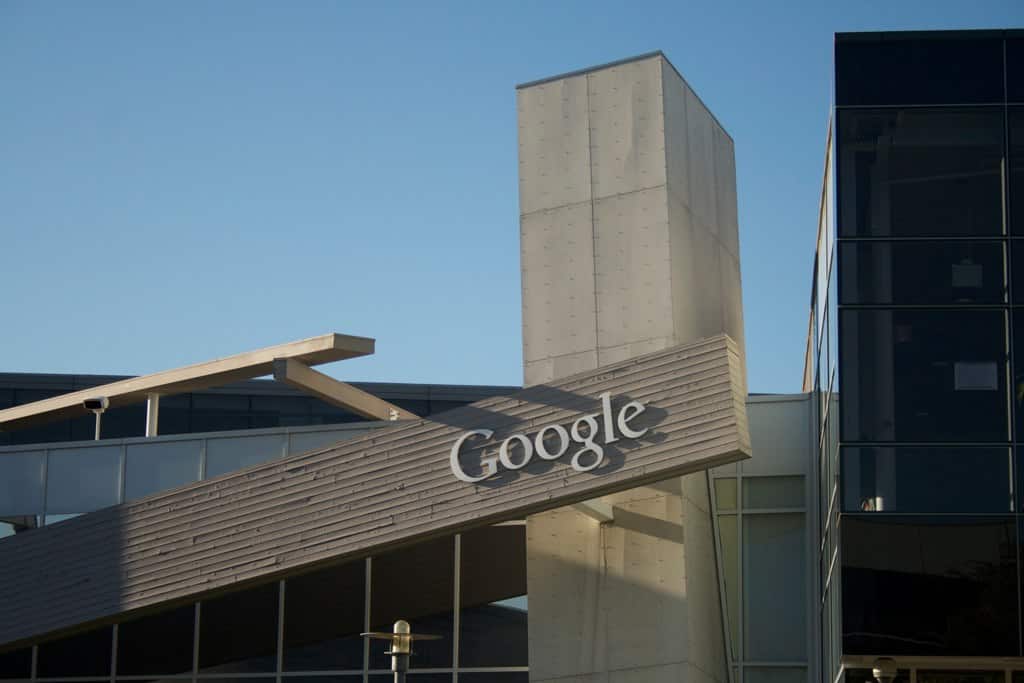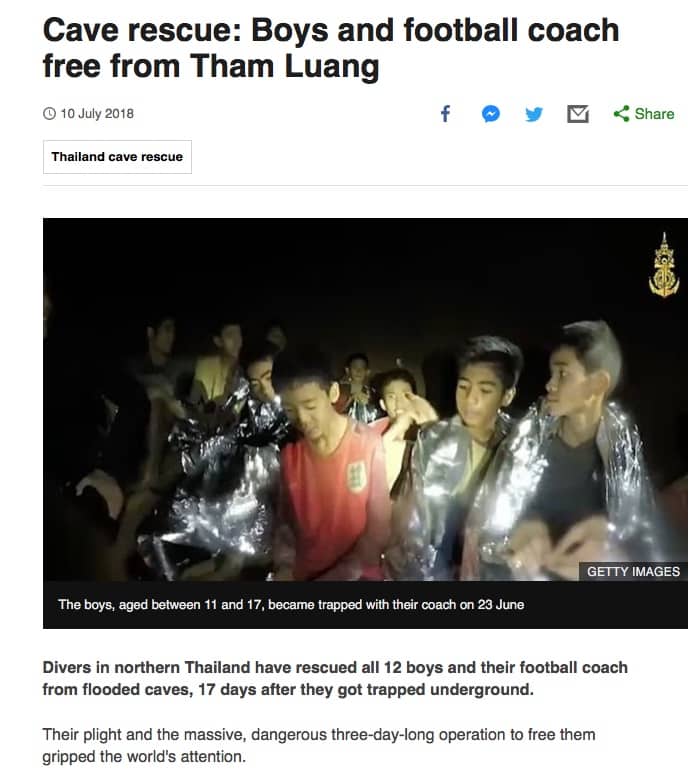Presenting online: lipstick and heels
‘I’ve got 5 minutes to air and I’ve still got two calls to make when the usual morning refrain rings out around the office. ‘Barclay, get your lipstick on’. If I’ve told her once I’ve told her a thousand times – this is radio, no one sees me, I never wear makeup and I DON’T HAVE ANY LIPSTICK.’ The words of my colleague Liz Barclay remembering our days working together at the BBC.
Just reading that story makes me nostalgic! It was me that used to say ‘Barclay put your lipstick on’. At that stage, Liz was a presenter and I was her producer on Radio 5 Live. It was always very busy and there really could have been two quick calls to make before we went into the studio. I wanted her to clear her head and get into performance mode … I knew she would never in a million years put any lipstick on – but it was our ritual. [Liz Barclay, of course, is now a very popular media and presentation trainer via The Media Coach. You can read her profile here.]
I was reminded of our lipstick ritual last week when I had to ‘pitch’ for work, but do the pitch via Skype. I decided not to just do the obvious ‘business wear’ for the top half, but to put my heels on as well. As I did the meeting sitting down you could be forgiven for thinking ‘why heels?’ well, it was all about getting into performance mode. Walking around for ten minutes beforehand, I could feel my head clear and my persona switch from dog walker to consultant.
We all know – if you look good, you feel good – and if you feel good, you perform better. And in these times of lockdown, switching from home-mode to work-mode is harder without all the contextual cues. But you can help yourself, hack your brain if you like, with lipstick or heels. For men it may be a shave or a shirt and tie.
I discussed all this, via Zoom, with former colleague Laura Shields: she now runs the Red Thread Consultancy in Brussels. Red Thread, like The Media Coach, is now doing a lot more training online. But Laura is ahead of me in this world of online presenting: she not only works as a consultant; she was also a spokesperson for the campaign group ‘British in Europe’. She has done several TV interviews via Skype and Zoom. Laura (with help from her husband) set up a camera separately from her screen, to give more professionalism. She has some proper lighting and has trained herself to look properly at the camera in true television style. Here is the relevant part of our chat.
For Laura, the next step is to find a way to move a plug-in camera so she can present online – standing-up. Meanwhile, even Laura’s 7-year-old son is embracing the technology. Here he is talking to classmates during a virtual birthday party.
We are all being forced to learn a new way to work. If we can help you prepare an online presentation or put together a video just give us a call +44 (0)20 7099 2212.

